Republican 290-41 BC
Roman Republican 290-41 BC coins for sale.
Although Rome was founded in the 8th century BC, a true Roman coinage did not appear before the 3rd century BC. Until the 5th century BC, trade relied on rough, unworked bronze used by weight. During the 4th century BC, contact with Greek cities, who were already using coins, brought about the requirement for a Roman currency. True Roman coins were first produced in AD 269 in the form of the ‘Aes Grave’, a series of cast bronze coins, ranging from the ‘as’ to the ‘uncia’, with the obverse depicting a deity and the reverse a ship’s prow. At the same time struck silver issues appeared, based on the Greek silver didrachm. By 190 BC, the Roman coinage consisted principally of silver with Latin inscriptions and was struck in Rome and other authorised mints. The bronze coinage was reduced in standard, and therefore size, allowing it also to be struck rather than cast.
A relationship between bronze and silver first occurred around 211 BC with the introduction of the silver denarius, equivalent to ten asses. Early types typically show the head of Roma on the obverse and the Dioscuri (the twins Castor & Pollox), on the reverse. Around the same time, the sestertius was introduced as a small silver coin valued at a quarter of a denarius, together with the quinarius (half denarius). As the Roman Empire expanded, local currencies were also used, including gold, but Roman coinage issued in gold was exceptional for the period. In 89 BC the sestertius replaced the bronze ‘as’ as an accounting unit. After 80 BC, striking in bronze was discontinued until the time of Julius Caesar.
Showing 1–40 of 45 results
-
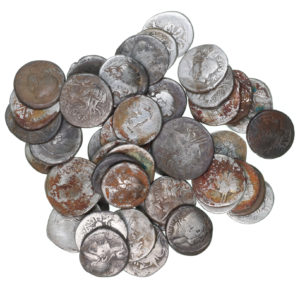
47x Roman Republican Silver Denari from Helmingham Hoard
£1,880.00Code: NR738
View Item -
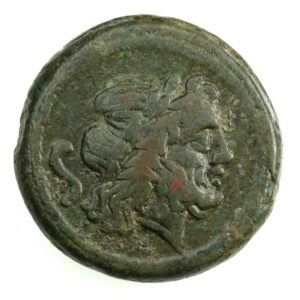
Roman Republic 211-206 BC Bronze Semis
£250.00Code: CR892
View Item -
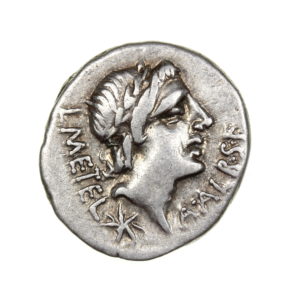
Roman Republic C. Poblicius Nalleolus and A. Postumius Silver Denarius 96BC
£325.00Code: KR502
View Item -
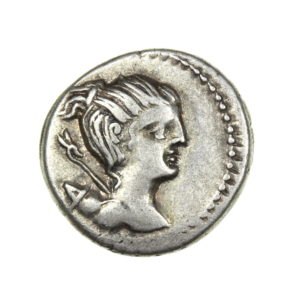
Roman Republic C. Postumius Ta 74BC Silver Denarius
£250.00Code: KR531
View Item -
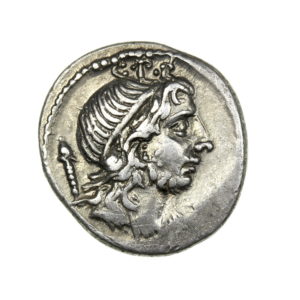
Roman Republic Cn. Cornelius Lentulus Marcellinus 76-75BC Silver Denarius
£295.00Code: KR528
View Item -
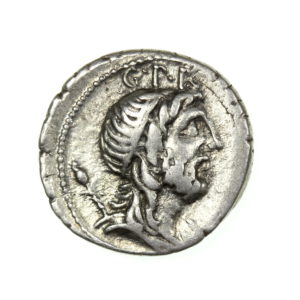
Roman Republic Cn. Cornelius Lentulus Marcellinus 76-75BC Silver Denarius
£195.00Code: KR529
View Item -
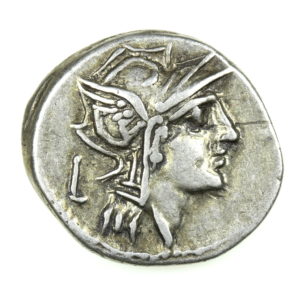
Roman Republic D. Junius L. f. Silanus 91 BC Silver Denarius
£250.00Code: NR91
View Item -
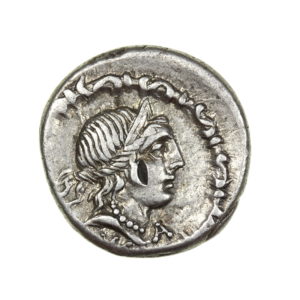
Roman Republic D. Junius L.f.Salanus Silver Denarius 91BC
£250.00Code: KR506
View Item -
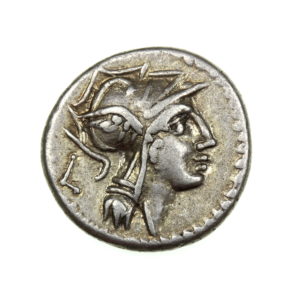
Roman Republic D. Junius L.f.Silanus Silver Denarius 91BC
£275.00Code: KR504
View Item -

Roman Republic D. Junius L.f.Silanus Silver Denarius 91BC
£225.00Code: KR505
View Item -
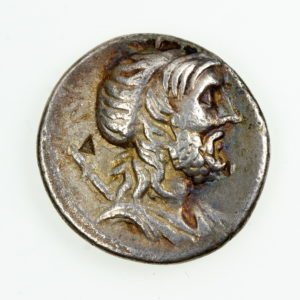
Roman Republic Gnaeus Cornelius Lentulus 75 BC Silver Denarius
£175.00Code: CR878C
View Item -

Roman Republic L. Cassius Q. f. Longinus 78BC Silver Denarius
£325.00Code: KR526
View Item -
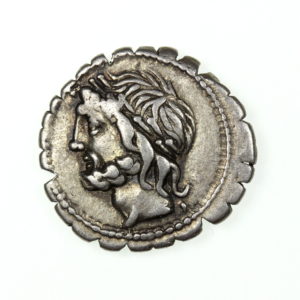
Roman Republic L. Cornelius Scipio Silver Denarius 106BC
£275.00Code: KR494
View Item -
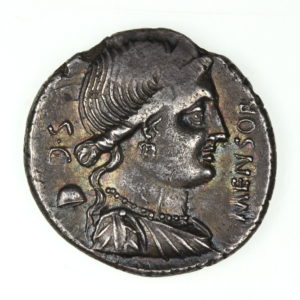
Roman Republic L. Farsuleius Mensor 75 BC Silver Denarius
£275.00Code: CR650
View Item -
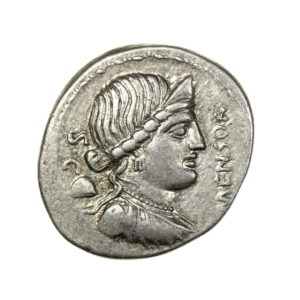
Roman Republic L. Farsuleius Mensor 75BC Silver Denarius
£295.00Code: KR530
View Item -
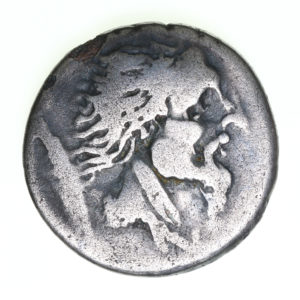
Roman Republic L. Hostilius Saserna Silver Denarius 48BC Rome Vercingetorix
£975.00Code: NR967
View Item -
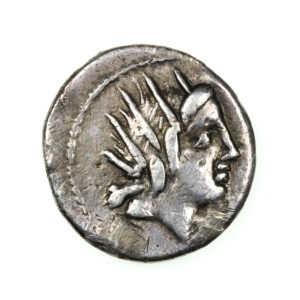
Roman Republic L. Lucretius Trio 76BC Silver Denarius
£185.00Code: KR409
View Item -
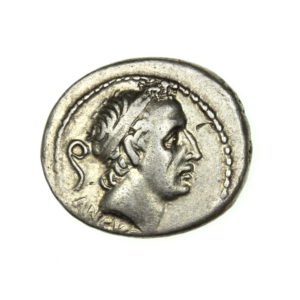
Roman Republic L. Marcius Philippus 56 BC Silver Denarius
£250.00Code: CR225
View Item -
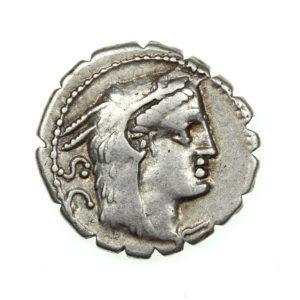
Roman Republic L. Procilius L.f. 80BC Silver Denarius serratus
£275.00Code: KR520
View Item -
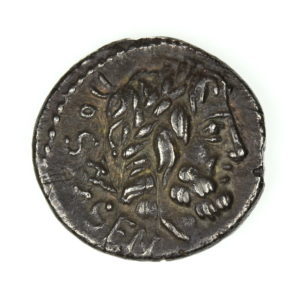
Roman Republic L. Rubrius Dossenus 87 BC Silver Quinarius
£295.00Code: CR656
View Item -
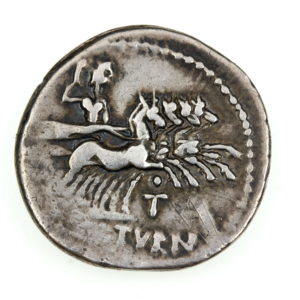
Roman Republic Lucius Appuleius Saturninus 104 BC Silver Denarius
£275.00Code: CR861C
View Item -
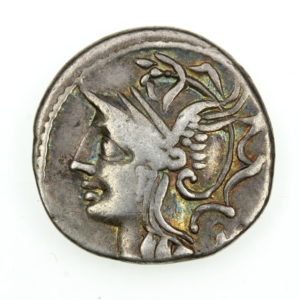
Roman Republic Lucius Appuleius Saturninus 104 BC Silver Denarius Roma left both sides Rare
£495.00Code: CR860C
View Item -
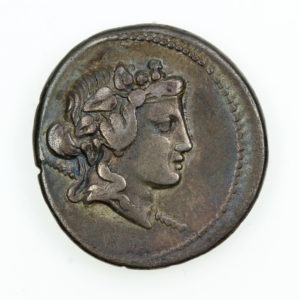
Roman Republic Lucius Cassius Longinus 78 BC Silver Denarius
£175.00Code: CR877C
View Item -
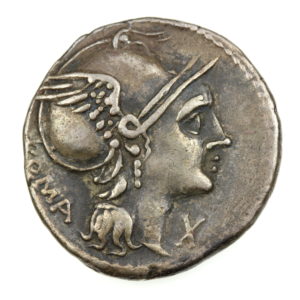
Roman Republic Lucius Flaminius Cilo 108 BC (Brockage) Silver Denarius
£250.00Code: CR859C
View Item -
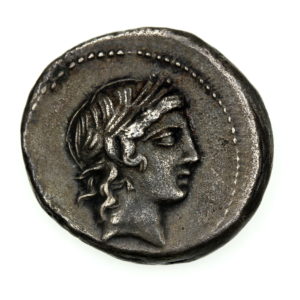
Roman Republic Lucius Marcius Censorinus 82 BC Silver Denarius
£125.00Code: CR872C
View Item -
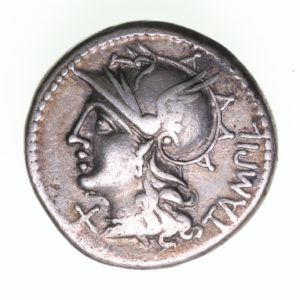
Roman Republic M. Baebius Q.f. Tampilus 137 BC Silver Denarius Rome
£225.00Code: LR57
View Item -
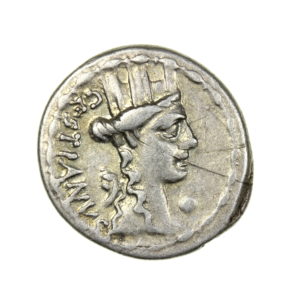
Roman Republic M. Plaetorius M.f. Cestianus 67BC Silver Denarius
£275.00Code: KR532
View Item -
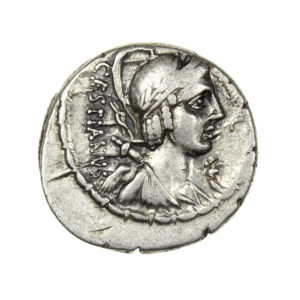
Roman Republic M. Plaetorius M.f. Cestianus 67BC Silver Denarius
£250.00Code: KR533
View Item -
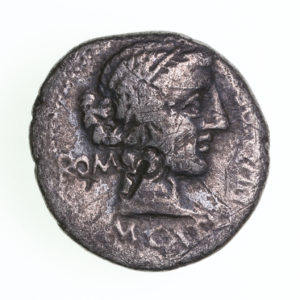
Roman Republic M. Porcius Cato 89 BC Silver Denarius
£185.00Code: LR100
View Item -
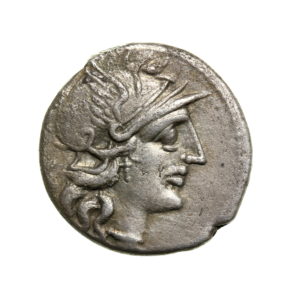
Roman Republic P. Aelius Paetus Silver Denarius 138BC
£165.00Code: HR447
View Item -
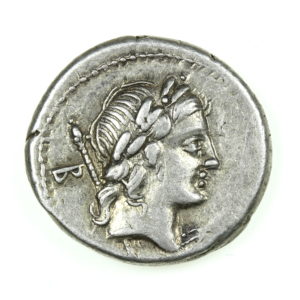
ROMAN REPUBLIC P. Crepusius 82 BC Silver Denarius
£275.00Code: NR92
View Item -
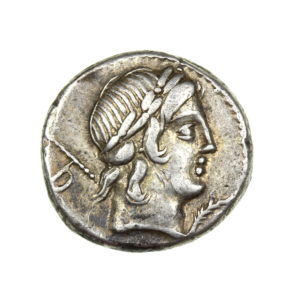
Roman Republic P. Crepusius 82BC Silver Denarius
£275.00Code: KR513
View Item -
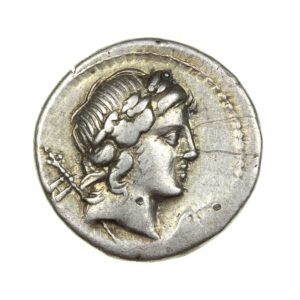
Roman Republic P. Crepusius 82BC Silver Denarius
£275.00Code: KR514
View Item -
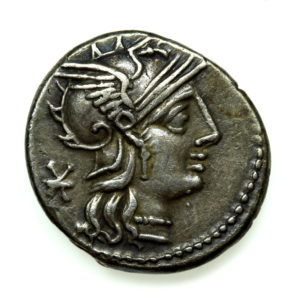
Roman Republic P. Maenius M. f. Antias Silver Denarius 132 BC
£250.00Code: GR344
View Item -
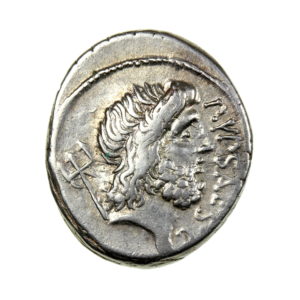
Roman Republic P. Plautius Hypsaeus Silver Denarius 60BC
£275.00Code: JR421
View Item -
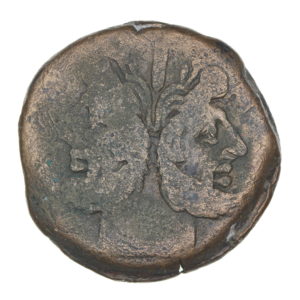
Roman Republic Post Reform Issue 211-206 BC Bronze As
£135.00Code: CR762
View Item -
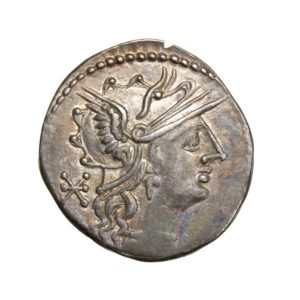
Roman Republic Publius Calpurnius 133BC Silver Denarius
£275.00Code: FR899
View Item -
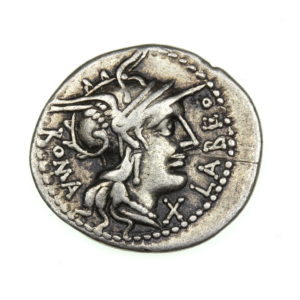
Roman Republic Q. Fabius Labeo Silver Denarius 124BC
£250.00Code: KR487
View Item -
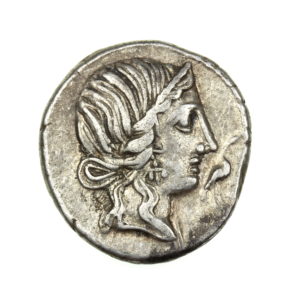
Roman Republic Q.Caecilius Metellus Pius 81BC Silver Denarius
£325.00Code: KR518
View Item -
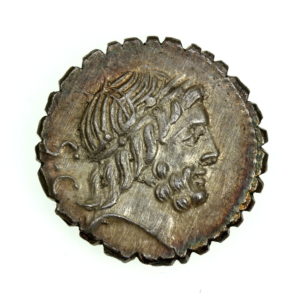
Roman Republic Quintus Antonius Balbus Praetor 82 BC Silver Denarius
£175.00Code: CR873C
View Item






